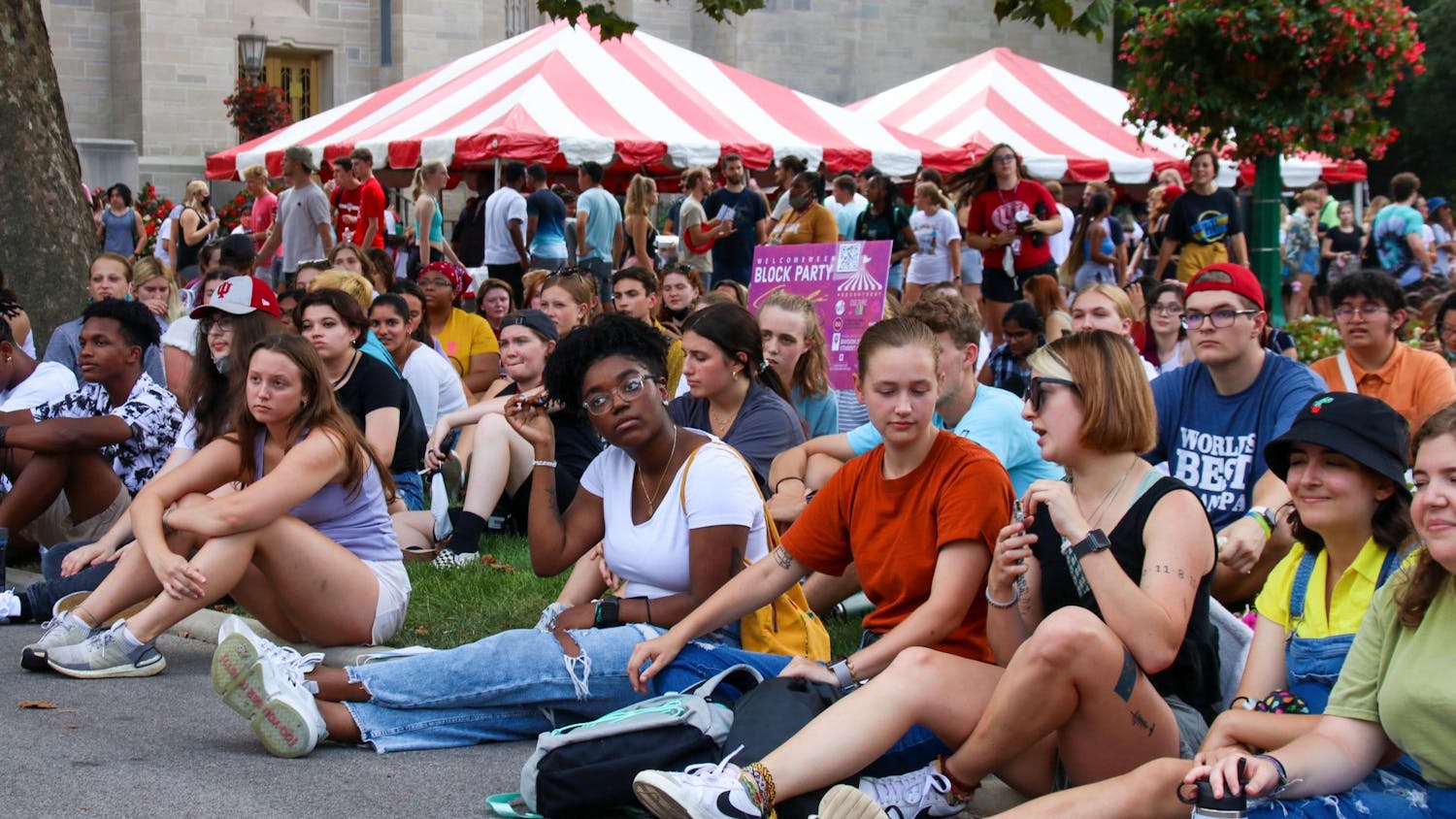When it was announced that Whole Foods Market would open a store near Bloomington’s College Mall, no one really batted an eye.
Between the growing immensity of the U.S. health foods market, which generated sales exceeding a record $43.3 billion in 2015, and the affinity the typical Bloomingtonian consumer has for health foods, the 365 by Whole Foods Market store will have no trouble paying its rent.
But Whole Foods — perhaps more appropriately referred to as Whole Paycheck — did leave some observers scratching their heads when it opened a new location on Sept. 28 in Chicago’s low-income Englewood neighborhood.
After all, the health foods vendor would be hurting no one but itself by choosing to venture into a market in which the populace would be unable to afford its high-priced goods.
Upon further analysis, though, one will notice that the new location won’t be as ill-advised as many first believed.
The new store will stock products from 40 local small businesses and employ 100 workers, 85 percent of whom hail from Chicago’s south side. Of that 85 percent, 35 percent are from Englewood itself.
For a neighborhood with more than 17 percent unemployment, these figures make a real difference in the local economy.
Whole Foods and Starbucks, which also recently opened Englewood locations, are projected to create more than 200 jobs in the neighborhood. This would give members of the community a much-needed boost to incomes and general welfare.
Yes, the products are expensive, but a lot of the wealth is being transferred back to members of the community.
The concept of businesses delving into historically-underserved communities is not new. The HUBZone Act of 1997 offers small businesses located in HUBZones, or historically underutilized business zones, incentives including preferential treatment in contract competitions when they meet a strict set of criteria. Some of these criteria include ensuring that a sizable chunk of the firm’s workforce resides within the zone and that its “principal office” be located within it as well.
Moving forward, businesses large and small would be wise to take to this unorthodox strategy. Not only does it generate great PR and sweeten a company’s brand, but it also creates real, tangible returns.
In fact, Whole Foods’ Midtown Detroit location was so successful that developers sought to build a second store that was 50 percent larger.
Huge firms like Whole Foods, whose valuation has been estimated at upwards of $14 billion, have a responsibility to their local communities. Rather than being blinded by the allure of wealthy suburban — and largely white — locales, there is a lot of value to be tapped in emerging areas as well as designated HUBZones.
Without opening a can of worms and considering the effects this movement could have on long-term gentrification of these neighborhoods, it’s clear that many residents are seeing increases in their individual standards of living.
More businesses should give this strategy a shot. Both the firms and the communities they serve will be better for it.





